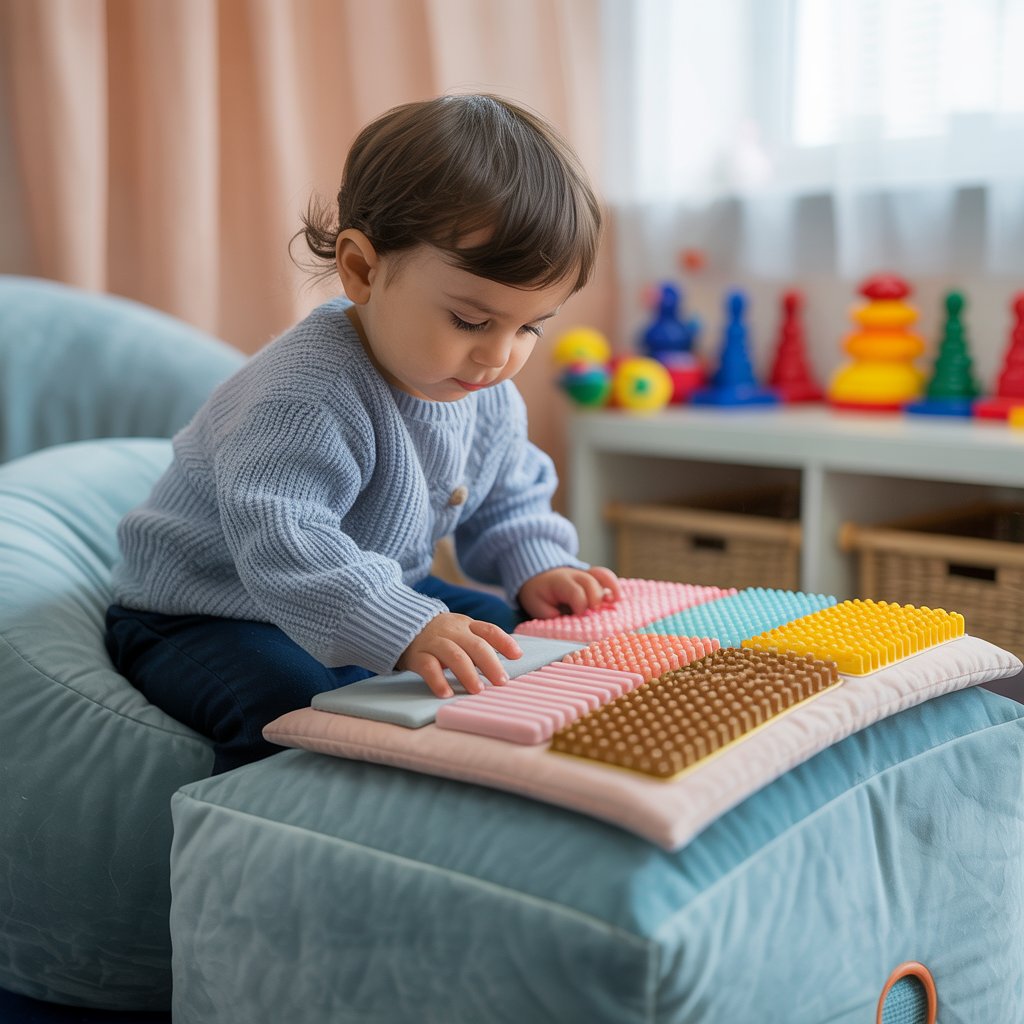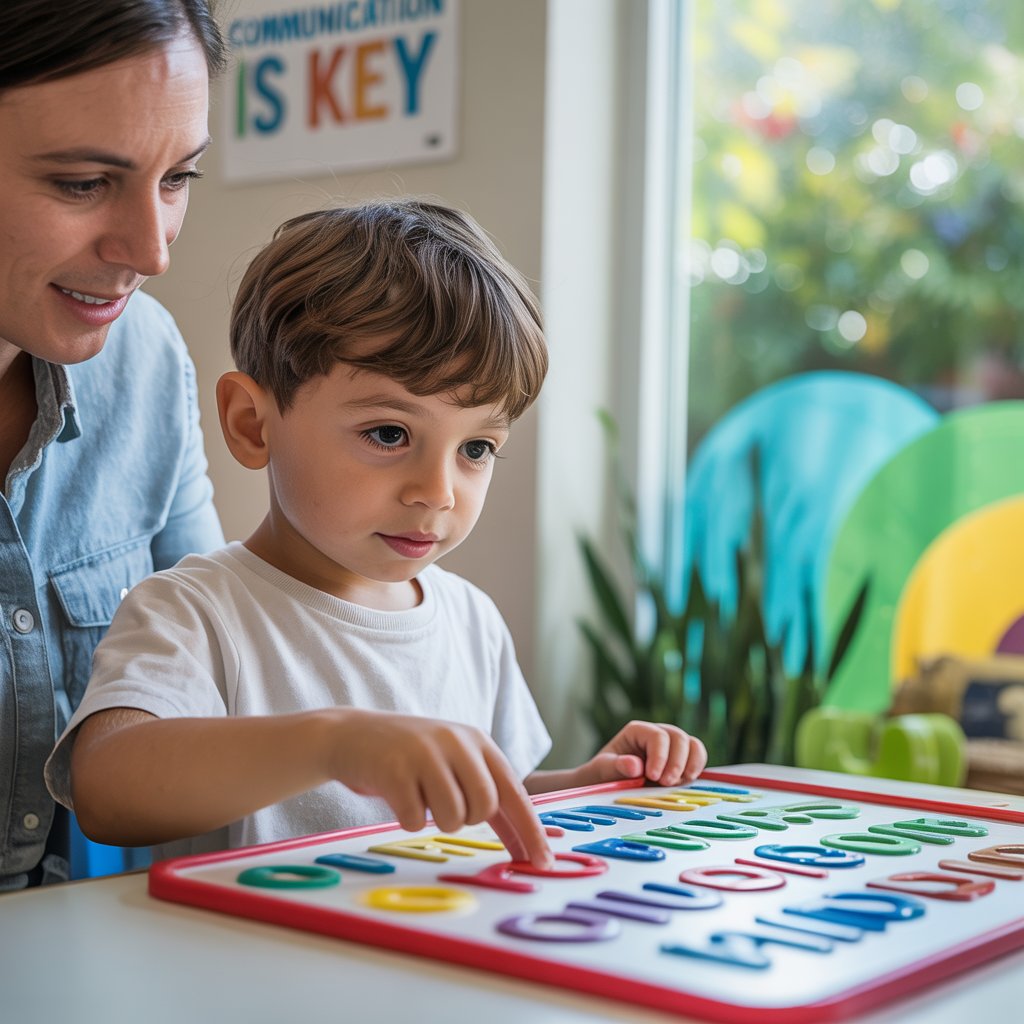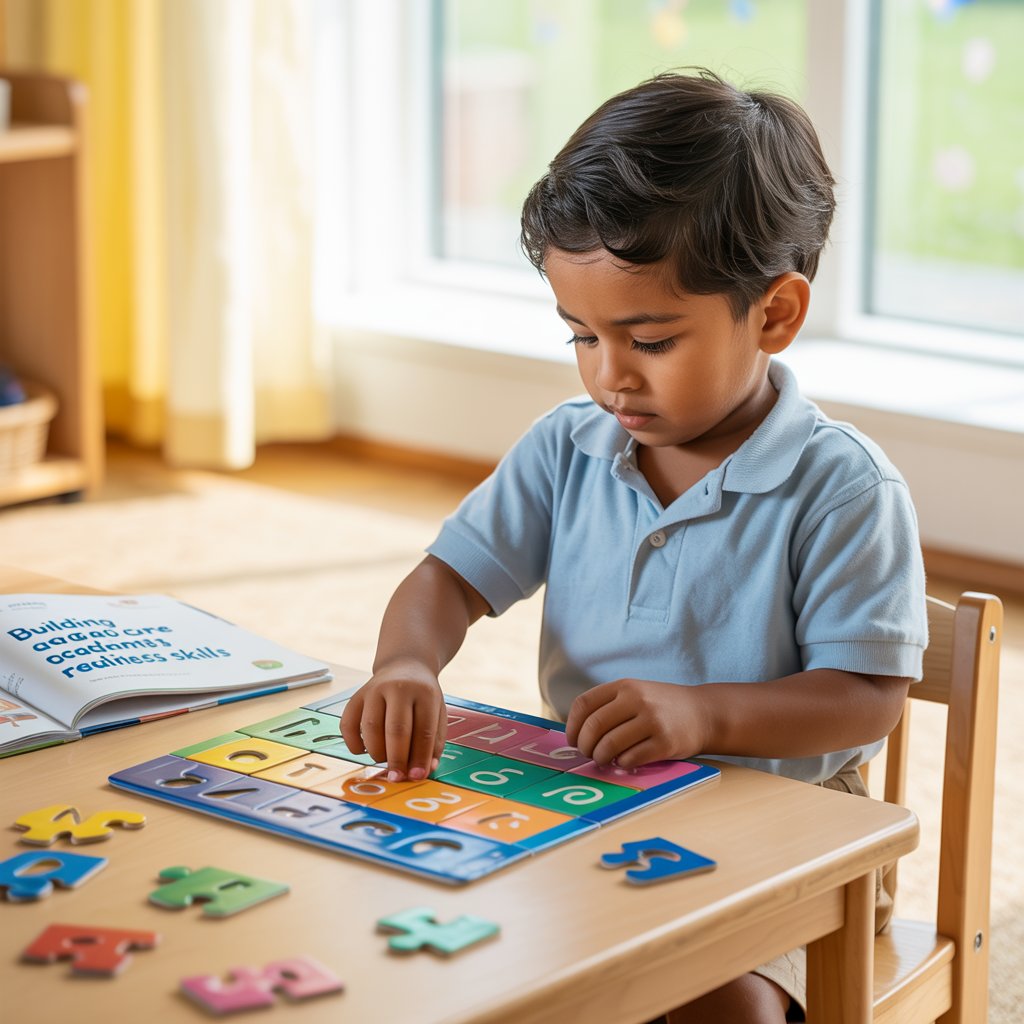Understanding Sensory Processing Disorder (SPD) in Autism

Ever watched your child melt down over a clothing tag that "feels like sandpaper" while other kids don't even notice? That's the daily reality for parents navigating sensory processing disorder and autism spectrum disorder.
I won't sugarcoat it – understanding the overlap between sensory processing disorder and autism is complicated, but essential if you're searching for answers.
The sensory experiences that most people barely register – fluorescent lights, background chatter, or the texture of foods – can become overwhelming tsunamis of information for these children. Their brains process sensory input differently, creating challenges that affect everything from school performance to family dinner time.
But here's what many parents don't realize until years into their journey: the right sensory support strategies can transform daily life from constant battle to manageable routine. So what exactly makes these sensory differences so significant?
What is Sensory Processing Disorder and how it relates to autism
Ever noticed how some autistic people might cover their ears when a fire truck passes by or avoid certain food textures? That's often Sensory Processing Disorder (SPD) at work.
SPD is basically a traffic jam in the brain. Information comes in through our senses, but the brain struggles to organize and respond to this input in a typical way. For autistic folks, this isn't just an occasional inconvenience—it's often a core part of their daily experience.
Here's the thing: while SPD isn't exclusive to autism (plenty of neurotypical people have sensory issues too), research shows that about 90% of people with autism experience some form of sensory processing difficulties. That's huge!
The connection runs deep. Many researchers now believe sensory processing challenges aren't just a side effect of autism but actually a fundamental aspect of it. Think of it this way: if your brain processes sensory information differently, of course your behavior, communication, and social interactions will reflect that difference.

The neurological basis of sensory challenges
The autistic brain is wired differently—that's not just a saying, it's literally true on a neurological level.
Brain imaging studies show that when sensory information comes in, autistic brains often process it in unique ways. Areas responsible for sensory integration show different activation patterns and sometimes unusual connections between brain regions.
What's happening under the hood? Several key differences:
- Hyperconnectivity in some neural pathways
- Altered neural synchronization (brain waves don't "sync up" in typical patterns)
- Differences in the excitatory/inhibitory balance of neurotransmitters
- Unusual development of white matter tracts that connect different brain regions
This different wiring creates what many autistic people describe as a "filter problem." Imagine trying to listen to someone in a crowded restaurant, but you can't filter out background conversations, clinking silverware, chair movements, and kitchen sounds. Your brain gives equal weight to all these inputs.
Different types of sensory processing difficulties
Sensory processing issues come in several flavors, and most autistic people experience a mix:
Hypersensitivity (over-responsivity)
When ordinary sensory input feels overwhelming or even painful. Tags in clothing might feel like sandpaper. Normal conversation volume might sound like shouting.
Hyposensitivity (under-responsivity)
When sensory input doesn't register strongly enough. Some autistic people might not notice pain, extreme temperatures, or when they're hungry.
Sensory seeking
Craving intense sensory experiences—spinning, jumping, deep pressure, strong flavors or smells—to meet neurological needs.
Sensory discrimination problems
Difficulty distinguishing between similar sensory inputs. Trouble telling voices apart in a group conversation or finding a specific item in a cluttered drawer.
Each sensory channel can be affected differently. Someone might be hypersensitive to sounds but hyposensitive to touch, creating a complex sensory profile.
How SPD affects daily functioning in autistic individuals
Sensory processing challenges don't just stay in the sensory realm—they ripple through every aspect of life.
Morning routines? Potentially exhausting. The texture of toothpaste, the sound of an electric toothbrush, the feeling of water temperature changes in the shower—these seemingly small sensations can demand enormous processing effort.
School or work environments can be sensory minefields. Fluorescent lights that flicker imperceptibly to most people can trigger headaches or distraction. Open office plans with unpredictable noises may make concentration nearly impossible.
Social situations become extra challenging when you're also managing sensory overload. Trying to follow conversation while filtering out background noise takes cognitive resources away from the actual social interaction.
Even basic self-care can be affected. Some autistic people struggle with certain food textures, making nutrition challenging. Others might avoid medical appointments due to sensory sensitivity to being touched or examined.
The emotional toll is significant too. Constant sensory overload can lead to anxiety, meltdowns, or shutdowns. Many autistic adults report spending enormous energy just managing their sensory environment—energy neurotypical people can direct elsewhere.
Understanding these challenges isn't just academic—it's essential for creating supportive environments where autistic people can thrive rather than just survive.







